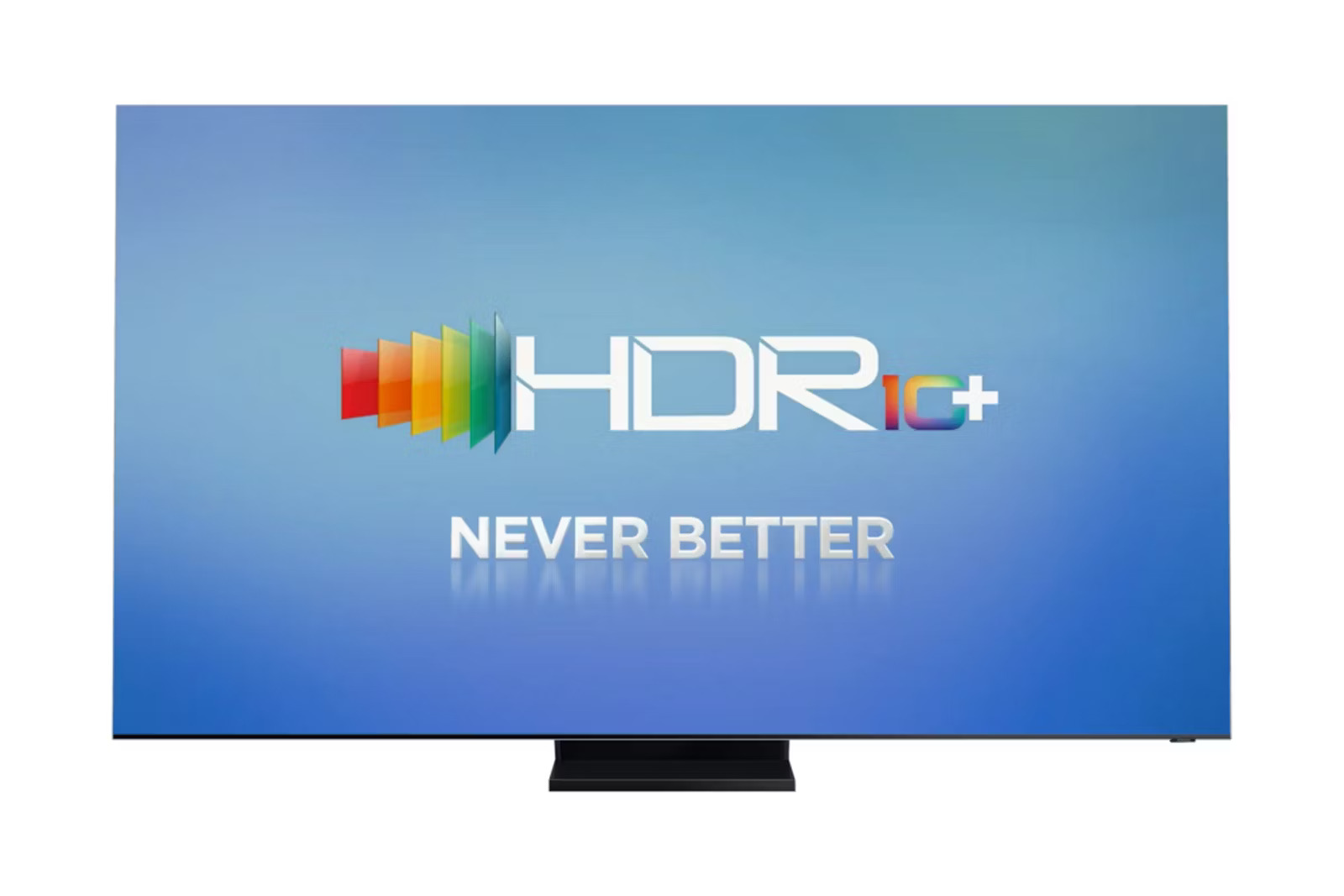HDR10+ is a term you’ve probably heard if you’ve recently bought a new TV or follow the business in any way. HDR10+ is a Samsung and Amazon video format released in April 2017. It is better than HDR10+ because it adds dynamic information that improves the brightness and color depth on screens that support it. However there are already a lot of HDR standards on the market like Dolby Vision and HDR10+. Do you need a TV that supports HDR10+? This post will discuss how HDR10+ works and how it differs from other HDR standards.
What Is HDR10+?
It is important to know what HDR is before you can understand HDR10+.
In the high definition TV business high dynamic range HDR technology is used to create videos and still pictures with better brightness contrast and color accuracy. Any TV that can handle HDR can work with at least one HDR version.
HDR10+ is the most popular format. It is an open royalty free standard that tells your TV how to handle brightness contrast and color using basic information. Because static information maps tones to the most robust frame in the content like a movie HDR10+ can be disappointing to watch on HDR TVs that could be better.
On the other hand, HDR standards like Dolby Vision and HDR10+ use dynamic information to change tone mapping from scene to scene making the watching experience much better overall. Both Dolby Vision and HDR10+ are HDR formats but each has pros and cons.
Due to its 12-bit color depth Dolby Vision is more powerful than HDR10+. More TV manufacturers and video providers also back it now. HDR10+ on the other hand is an open standard meaning content creators don’t have to pay a fee to use it like they do with Dolby Vision.
Is HDR10+ Superior To Hdr?
Instead of being a separate system HDR10+ is more of a way to offer HDR. The more important question is whether HDR10+ is better than HDR10+ at least in quality. HDR10+ is still considered the standard HDR format because almost everyone uses it. But as we already said, the fact that it uses static information makes it less than ideal.
Any TV that supports HDR home theater systems Ultra HD Blu-ray players and some media streams can also play HDR10+. HDR10+ has the highest brightness level 4000 cdm as HDR10+ but it makes HDR pictures look better because it uses dynamic information. As more TV makers and video sites use it, HDR10+ is expected to become the standard HDR format from HDR10+.
Is HDR10+ Superior To Dolby Vision?
The battle between HDR10+ and Dolby Vision is like the one between Blu-ray and HD DVD in the mid 2000s. However this competition is better for consumers because TV and content makers can handle more than one HDR version simultaneously.
However the fact that HDR standards can work together doesn’t mean they are all the same in essential ways. HDR10+ is better because it doesn’t cost anything but Dolby Vision is usually better because it has better color and brightness. You’ll still get excellent picture quality from both though.
What Equipment Is Required For HDR10+ Resolution?
You’ll need the following things to get the most out of HDR10+:
- A TV that works with HDR10+.
- Something that can play HDR10+ content like a Blu-ray player or media streamer.
- A video source that works with HDR10+ like a UHD Blu ray movie or a streaming service Amazon Prime Video works with HDR10+ HDR10+ and Dolby Vision.
- A connection for HDMI 2.1. An older HDMI 2.0 cord might not be able to handle HDR10+ because it needs a lot more data than HDR10+.
4k And HDR10+: What’s The Difference?
Both 4K and HDR make images better but in different ways so they are not rivals. The number of pixels that can fit on a TV screen or other show is what 4K stands for. Ultra HD UHD and 4K are terms for the same thing, a horizontal screen density of about 4000 pixels.
As we’ve already said HDR refers to the brightness and color range of a TV screen or other show. Standard Dynamic Range SDR images have a smaller range of contrast and color than High Dynamic Range HDR images. A 4K resolution is often used with HDR images to make stunning images.
Is HDR10+ The Format’s Future?
It is hard to say what will happen with HDR10+ and HDR files. However Dolby Vision isn’t going away soon even though HDR10+ will likely become the standard format. You don’t have to pick between HDR10+ and Dolby Vision because it is easy for TV makers and content creators to support more than one HDR format. Try to get a TV that works with both types but you should be fine if you already have HDR compatible gear.
